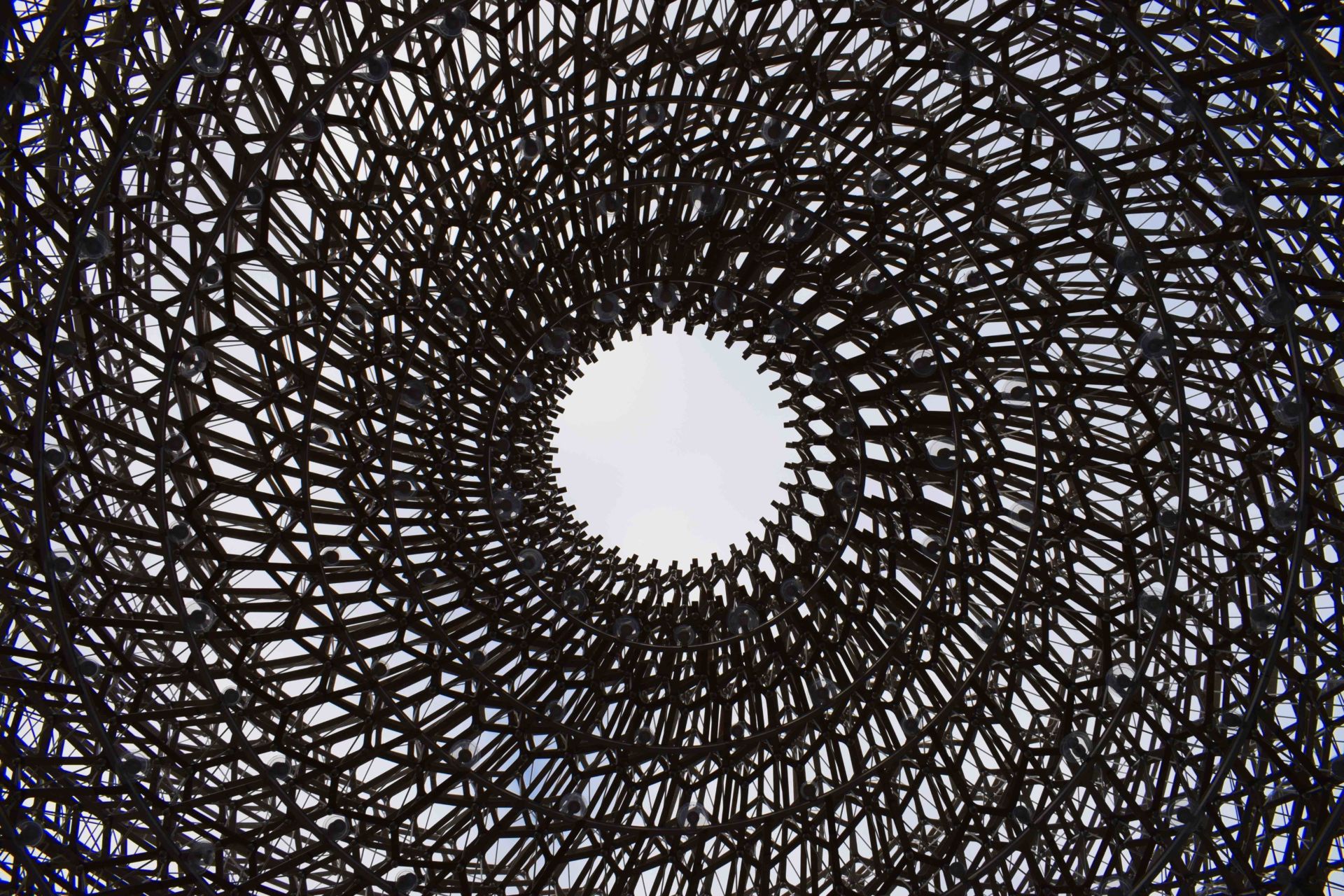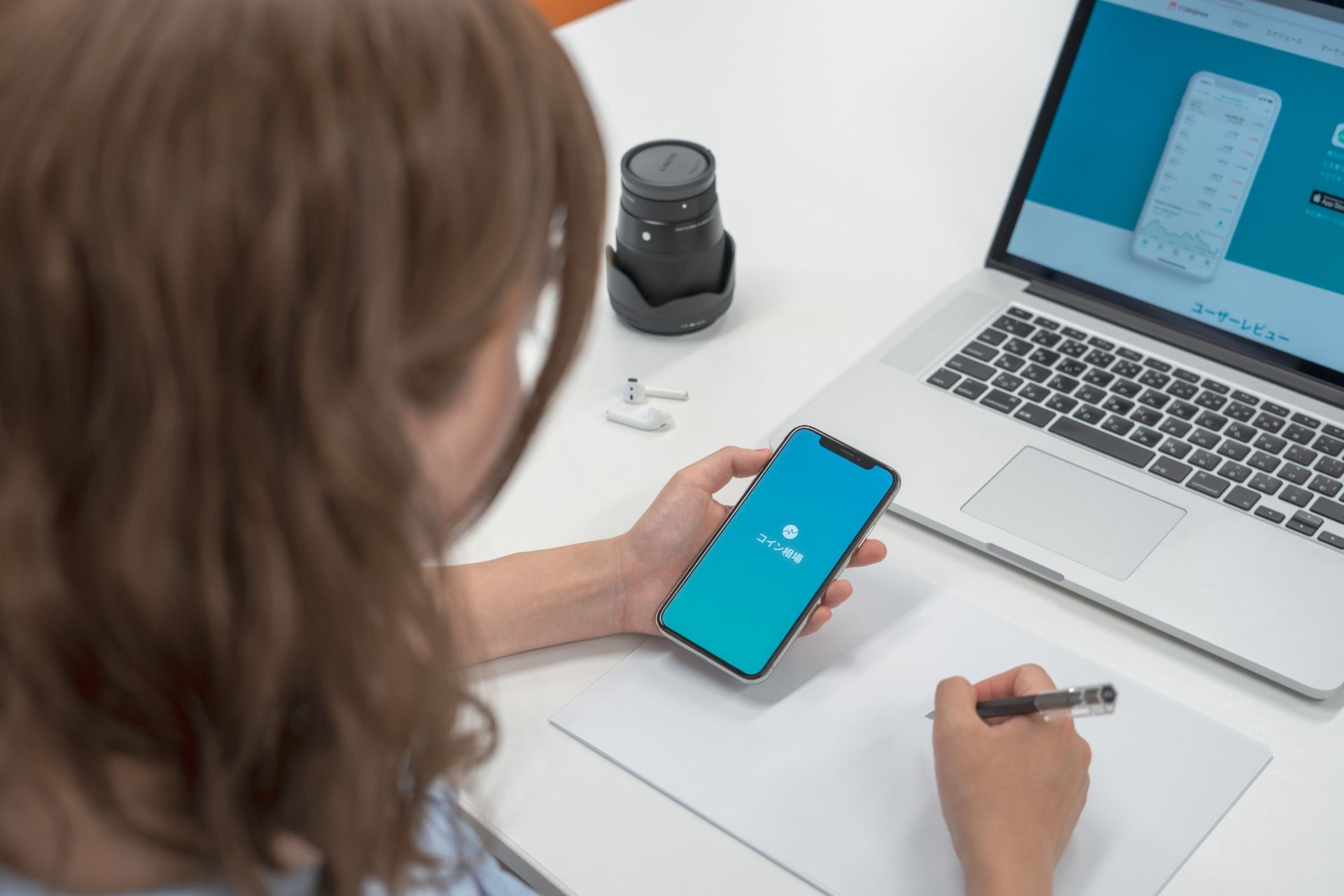The circular economy is a promising way to promote a positive future, and overcome the current linear production system, based on constant extraction of raw materials, exacerbated consumption, and disposal of goods. As a result of this system, we face depletion of important raw materials, pollution of all kinds in the soil, air, and water, and lack of knowledge about the numerous substances that compose our products, toxic to us and the environment.
Efficient systems can reduce, mitigate, or compensate harms, create temporary benefits, and slow down the effects of the environmental crises. However, they don’t change the system itself, nor its effects. The same is true of end-of-pipe solutions such as recycling products or materials that aren’t made to be recycled.
As an example, recently I got to know a company that recycles baby diapers into a new kind of plastic. In this process, different kinds of plastics, papers, inks, and glues are mixed together with the babies’ waste. Then, it’s crushed, melted, new resin is added, and it’s transformed into a new material. Your waste is gone like magic! However, the plastics, papers, inks, and glues are never going to go back into their cycles with their original quality; and the biological nutrients can’t return to the soil. This is downcycling.
To avoid such superficial solutions, we have to re-think the way we design our products and processes from the start.
To avoid such superficial solutions, we have to re-think the way we design our products and processes from the start. The Cradle to Cradle framework, from “Cradle to Cradle: Remaking the way we make things” by William McDonough and Michael Braungart, is the basis of the C2C products certification program, and one of the main theoretical foundations of the circular economy. According to the Cradle to Cradle framework, in order to re-think our products from the beginning, we first have to work with intentionally positive materials. Second, we should design products and materials to safely return to their biological or technical cycles. Third, we have always to ask ourselves: what’s next?
Solutions for designing for circularity are diverse and infinite, but I will describe 4 different transformations that are changing how we make things and scaling up this paradigm from products to buildings and cities.
- Products — and building — are material banks
The Dutch mobile brand, Fairphone works with the idea that your phone is a combination of puzzle pieces. They created a phone that is completely demountable and every little piece in it can be detached and re-attached. This allows constant updates, and valuable materials can return to industry. If you want to update your phone’s camera or change a battery, you just take these pieces out, replace them with new ones, and return the old ones to the store. The company will put the old parts back into the manufacturing process.
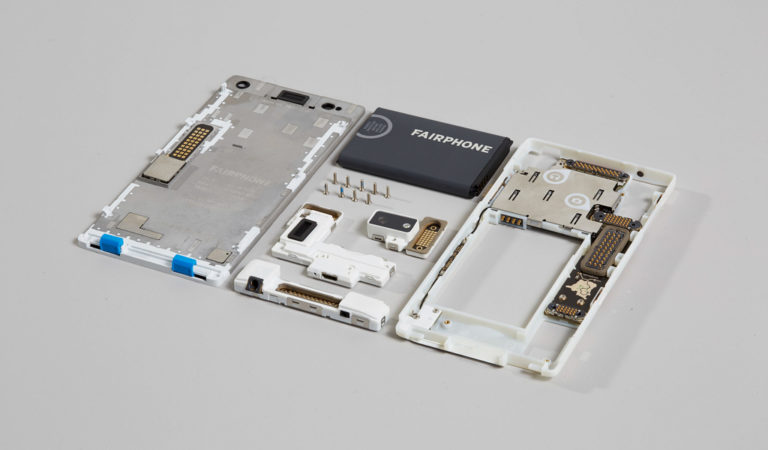
Companies can take a similar approach toward homes. Casa Circular is a building made of modular panels and plug-in systems instead of glue and cement, ensuring that the house can be mounted and unmounted several times. This way the house can be enlarged or diminished according to future user needs. It can also be transported to other locations and mounted again. Toxic materials were avoided, and each piece of the house can be reinserted into biological or technical cycles.
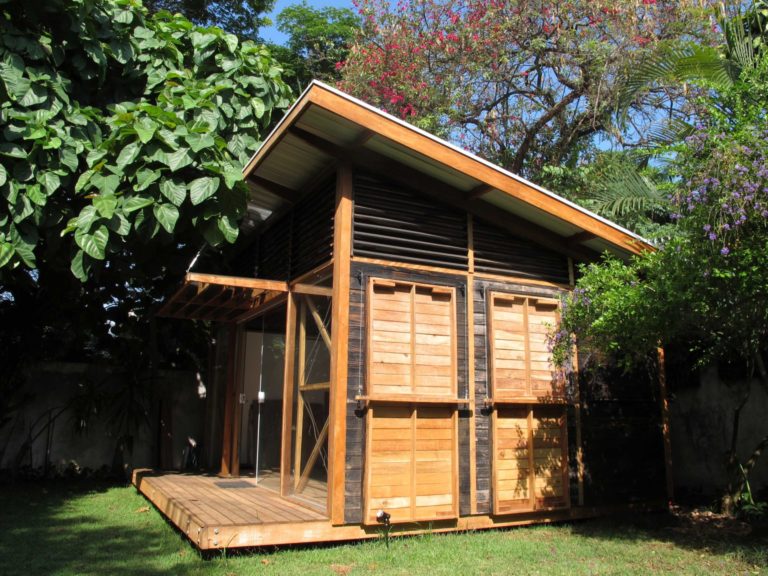
- Transforming products into services
Loop believes that your yogurt, ice cream or shampoo packages can work as a service system. If you think about it, you don’t need or want to own disposable packages. What you truly want is the content inside of it. The company offers a reusable packaging service. After consuming what’s inside, users put the empty containers outside their doorsteps, and Loop picks them up as a delivery service. They clean, refill, and ship the containers back to new users.

Similarly, you don’t need to purchase a lamp; what you really need is the light. Philips is offering lighting as a leasing system. It’s a win-win situation. The company owns the lamp and is responsible for its maintenance, and the users get what interests them: the light. The company ends up using its best technologies so that the products endure and valuable materials can return to industry. Besides, it keeps the clients close.

- Designing new positive materials
When we get stuck with materials that aren’t easily recyclable or are made with toxic substances, it’s better to design new positive materials than spend energy finding ways to recirculating them.
A number of new materials made for the biological cycle are emerging as great solutions to substitute problematic materials. For example, Ecovative created materials made of fungus for packaging, and Bananatex is producing a fabric with banana plants. OkaBioembalagem is making disposable plates, cups, and cutlery from manioc fibres; Positiva developed cleaning products that are 100% natural by extracting oils from orange peels.
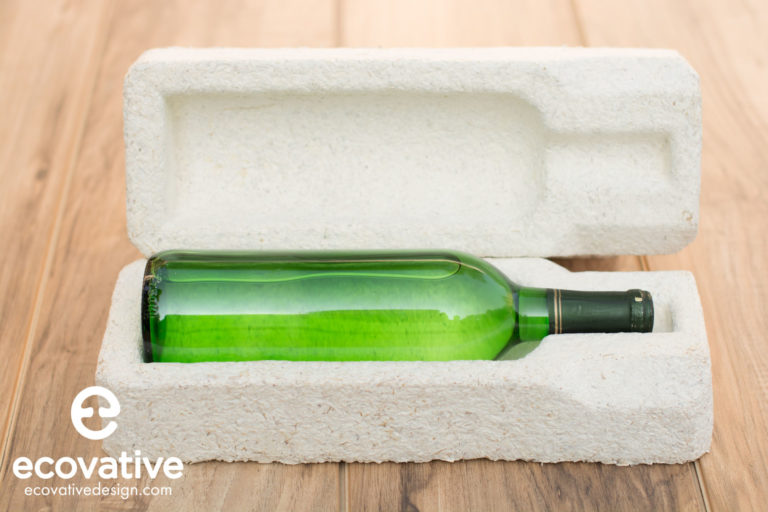
- Amplifying the impact: circular solutions for cities and urban regions
Human beings are always benefiting from everything around them, and transforming resources into new values and formats. We’ve lived in cities, considered hubs of culture and innovation, for many centuries. And it is in these cities that we consume large amounts of resources and produce wastes. Urban areas and regions are part of a linear urban metabolism; they depend on external ecosystems and have inputs and outputs of interconnected flows. To create regenerative urban systems, we have to rethink how we’ve been dealing with nutrients (biological and technical), water, and energy.
The natural dynamics of virgin ecosystems has inspired the concept of “syntropic agriculture.” In this model, which has been successfully carried out in Brazil, plants grow intercalating species of different sizes and characteristics. Their living conditions improve without the need for genetic changes or the addition of petrochemical substances. As a result, the system grows food while allowing for the recovery of degraded soils, which can then become highly productive in a short period of time.
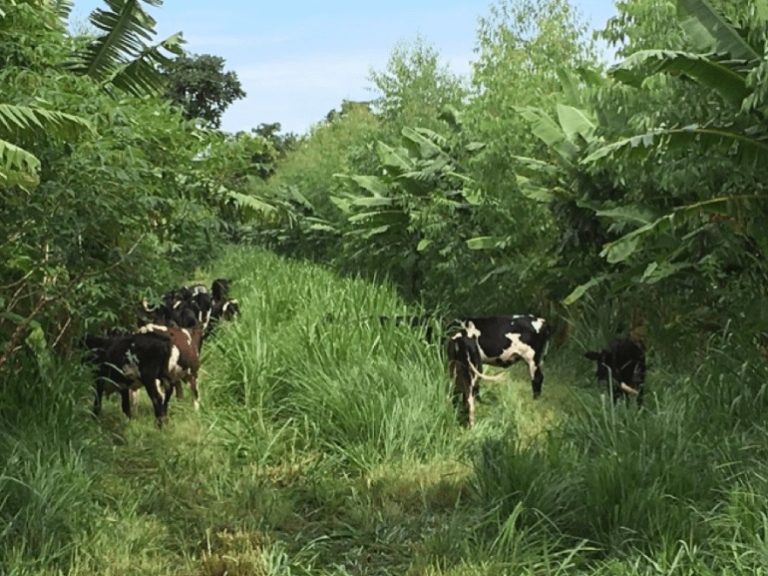
Likewise, O Instituto Ambiental has implemented “integrated biosystems” for the treatment of waste water in several communities in Latin America. This decentralized system works with a series of filters made of macrophyte plants, fish tanks, and a biodigester. Besides generating clean water, it produces bio-gas for cooking and organic matter that can be used as fertilizer. It’s not only a way of treating the water; it regenerates ecological systems and creates beneficial impacts for the community and biodiversity.
Editor’s Picks — Related Articles:

“That Issue of Waste Data … It’s a Circular Conversation”
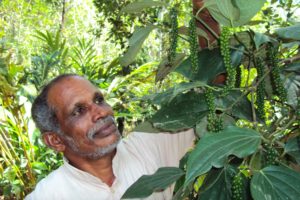
“The Commercialization of Farmers’ Innovation: Farming Innovators and Rural Entrepreneurs”
In conclusion, the circular paradigm comes as an answer to the anguish that our current production system is causing. We, as consumers and citizens, don’t want to pollute anymore. We want to be aware of what’s inside the stuff we are buying and how it interferes with our health and environment. Companies are being pressed to redesign their businesses. Cities and regions are creating new ways for managing their resources. And happily, we have examples of companies, businesses, and communities that are successfully pushing a circular and regenerative future forward.


